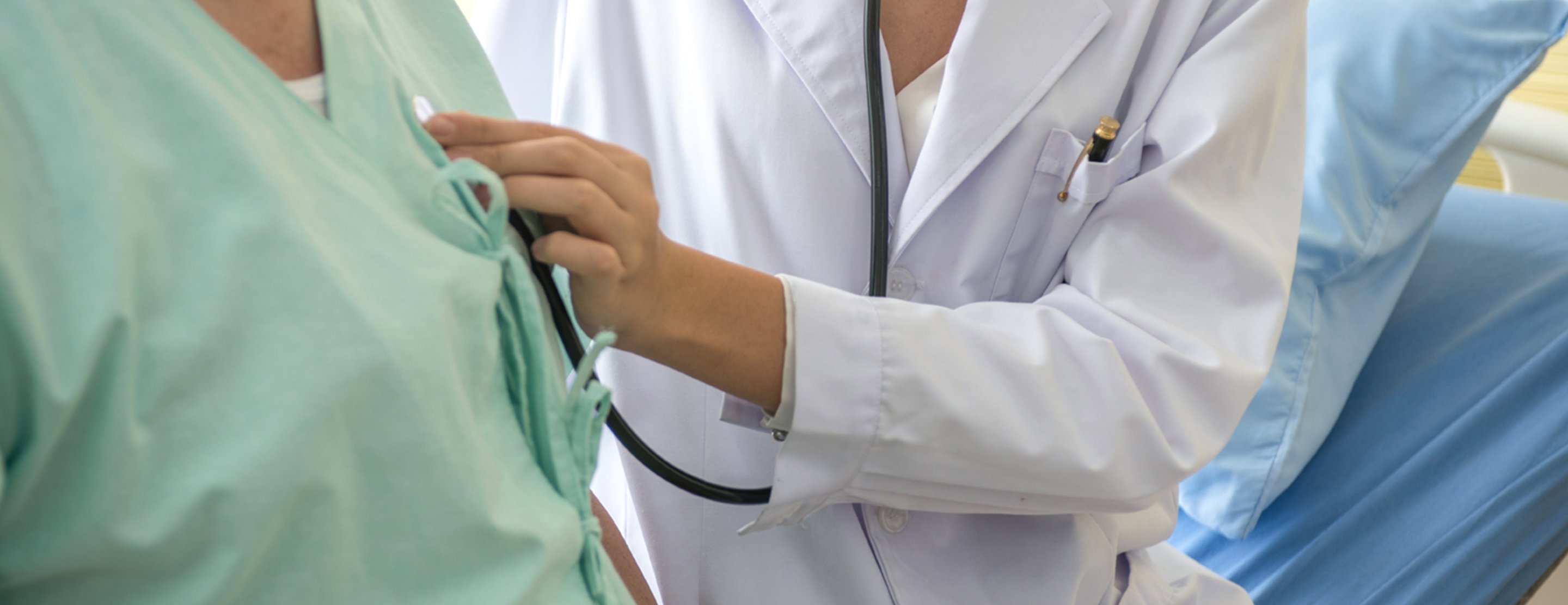
Coronary CT Angiography
Coronary CT angiography, or coronary computed tomographic angiography, is an advanced non-invasive test for coronary artery disease (CAD). Coronary artery disease is the leading cause of death in the United States. It is caused by arteriosclerosis or "hardening of the arteries," which interferes with the normal flow of blood to the heart and affects the arteries that surround and supply blood to the heart.
If your doctor suspects that you have CAD or that you are at low to moderate risk for the condition, he or she may suggest that you have a coronary CTA. CTA is performed on a machine called a 64-detector CT scanner. Available at only a few select medical centers in the country, the test is also called a 64-slice CT scan. At UCSF Medical Center, experts in radiology and cardiology work together to evaluate a patient's scan and provide follow-up treatment.
In about five seconds, CTA provides your doctor with very clear and detailed pictures of your coronary arteries and heart, allowing for highly accurate detection of early CAD and narrowing of the arteries. By pinpointing heart disease early, your doctor can plan treatment and reduce the risk of life-threatening problems caused by the condition.
Compared to other non-invasive tests typically used to diagnose CAD, CTA has a number of advantages, including quicker diagnosis, increased patient comfort and convenience, and direct visualization of the coronary arteries. In some cases, CTA can replace invasive angiography done by cardiac catheterization, particularly in those patients who are at low to moderate risk for CAD.
Preparation
Your doctor will instruct you not to eat or drink anything for about four hours before your scan.
Procedure
Before the scan begins, you will be asked a few questions about your medical history and your medications. A nurse will take your blood pressure and check your pulse. Most likely, you will be given an intravenous (IV) dose of a beta blocker medicine and a sublingual (under the tongue) dose of nitroglycerine. You will be given an IV contrast dye, which is a clear liquid substance that makes your blood vessels stand out on the CTA pictures, enabling fine details to show up on the scan. The contrast dye will leave your body naturally within a few hours. Be sure to tell the nurse if you have any allergies, especially to any medications or to iodine, before receiving the medicines and the dye.
You will be asked to remain very still and hold your breath for around five to 15 seconds while you are gently moved through the scanner. You will be asked to hold your breath three times for pictures. The scanner has a much more open design than magnetic resonance imaging (MRI) machines. You will be able to see outside of the machine and keep your head and legs free.
The scanner will rapidly take pictures of your heart and blood vessels. Using advanced technology, the pictures are reconstructed into 3-D views of your heart and blood vessels.
The procedure takes just a few minutes and you will be in and out of the hospital within an hour and a half. In most cases, your doctor will review your results very soon after the scan.
To schedule a scan, you will need a referral from your doctor. For more information, call Radiology at (415) 353-2573.
Review Date: 09/21/2010





